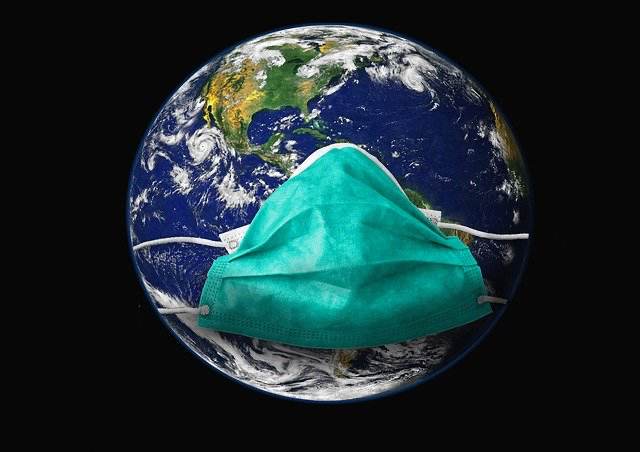Hannover Re’s capital markets mortality swap pays on COVID impact

Global reinsurance firm Hannover Re has been placing tranches of mortality swaps into the capital markets for almost a decade and in recent quarters this strategy has paid off for the company, as its COVID pandemic losses drove its mortality rate higher and triggered recoveries under the swap arrangements.
This pandemic retrocession arrangement has now benefited Hannover Re in two successive calendar years, because of the impacts of mortality losses caused by the COVID-19 pandemic.
In reporting its first-quarter 2022 results yesterday, Hannover Re said that Hannover Re also reported EUR 123 million of pandemic related mortality losses due to Covid-19, although the company did note that these “diminished progressively over the course of the quarter,” with COVID mortality claims on a declining path it seems.
Elevated mortality claims have impacted the major reinsurance firms for some quarters now, as the COVID-19 pandemic continued to drive higher death rates.
Clemens Jungsthöfel, Hannover Re’s Chief Financial Officer, explained how the pandemic impacted the reinsurance company during an analyst call yesterday, “The technical result includes Covid losses of EUR 123 million, which is an improvement compared to the last two quarters. The biggest impact came from losses in the US, amounting to EUR 76 million.
“The main reason for the improvement compared to the second-half of 2021 is South Africa, where the overall Covid situation has improved significantly. Apart from these two regions, we have incurred notable losses in Latin America.”
Hannover Re has had the index-triggered mortality swap arrangements in place since 2013, placing multiple tranches of it into the capital markets as a way to secure retrocessional protection against significant increases in the mortality experience of its life reinsurance book.
The pandemic has shown the effectiveness of this arrangement, reducing the financial impact of elevated mortality rates due to COVID-19 for the reinsurer.
After full-year 2021, Hannover Re reported that it recognised positive income of EUR 43.9 million from its extreme mortality cover, which was recognised under assets measured at fair value through profit or loss in the investments on the life and health reinsurance side of its business.
The company was anticipating further benefits from this mortality retrocession arrangement may flow in 2022, having previously said, “For the 2022 financial year we anticipate additional pandemic-related strains in life and health reinsurance. We have placed an extreme mortality cover on the capital market as partial protection against extreme mortality.
“The strains from the pandemic may be opposed by the effect of an extreme mortality cover that we have placed on the capital market in regular tranches since 2013. It is not yet possible, however, to quantify the income that this will generate.”
After the first-quarter of 2022, it has become increasingly possible to at least estimate the income delivered under the mortality swap arrangement, as pandemic claims continued to flow to the reinsurer and moved the index trigger calculation higher.
Jungsthöfel said yesterday, “The expected payout of our pandemic retro cover needs to be reflected in the market-value of the underlying swap in our investment income.
“Even though the official calculations are not yet concluded, we feel more certain based on our own analysis that the excess mortality for the two-year period of 2020 and 2021, is actually higher than assumed at year-end 2021.”
He continued to explain, “To be precise, we now assume that the index stands at 114%, versus the previous 112%, and hence the additional amount of EUR 46 million is included in the life and health investment income in the first-quarter.
“Still, I would not call this calculation final and we prefer to be conservative in our assumptions at first-quarter end.”
So, Jungsthöfel’s comments suggest that it is the increasing quantum of pandemic mortality from 2020 and 2021 that are effectively driving higher the recoveries under the mortality swap arrangement, with corresponding financial benefits for Hannover Re.
Again, this additional EUR 46 million is booked as positive changes in the fair value of financial instruments of the underlying swap.
It’s another good example of capital markets backed risk transfer playing an important role in a retrocession arrangement for a major global reinsurance company.
With pandemic mortality claims slowing through 2022 so far, the capital market counterparties of any on-risk tranches of the swap will be hoping to escape further impact.






